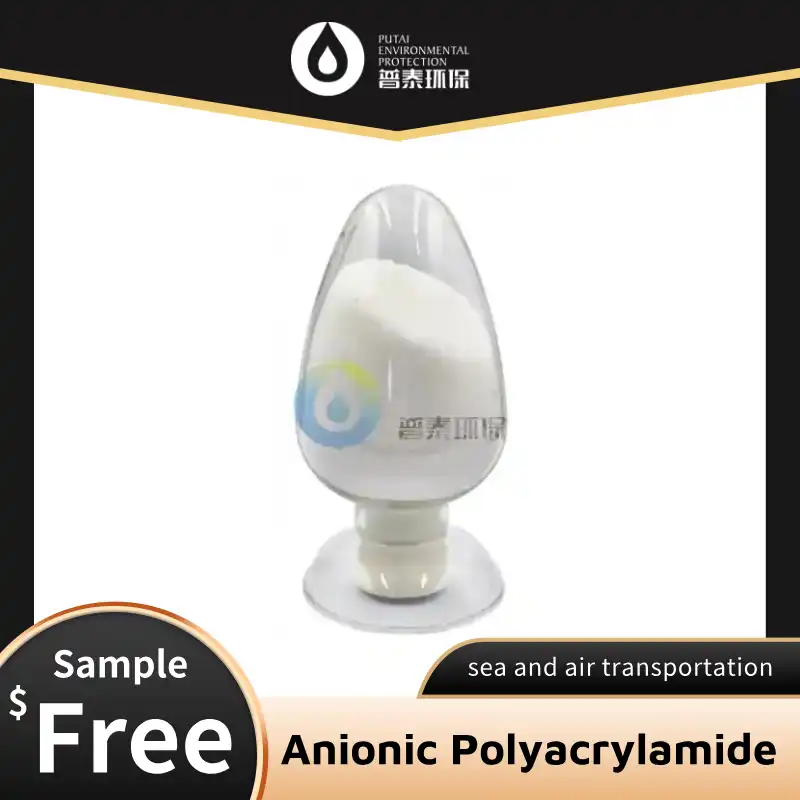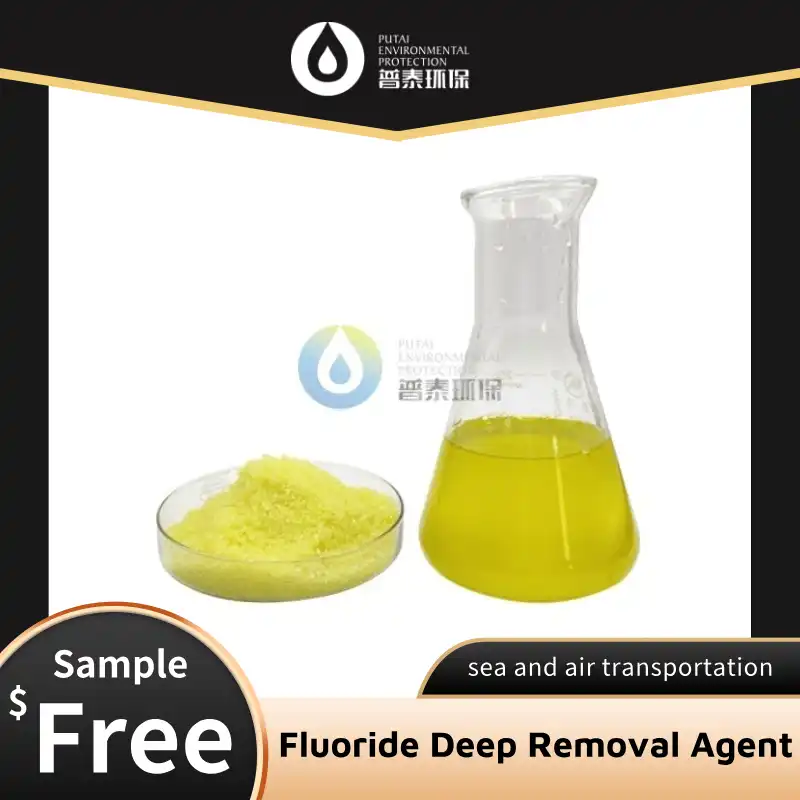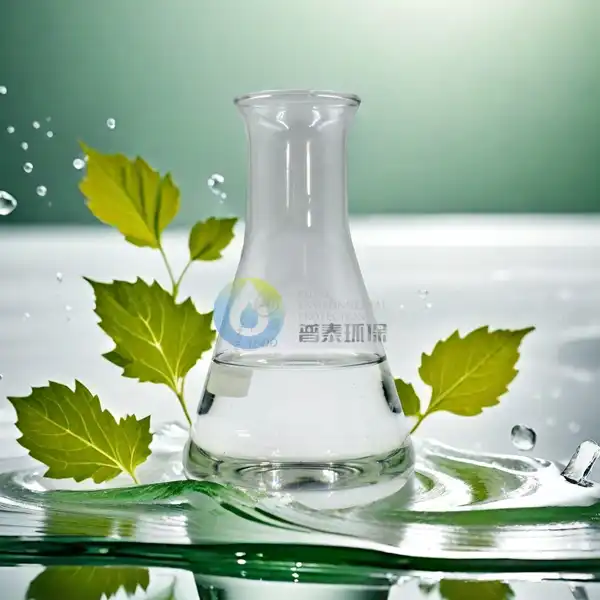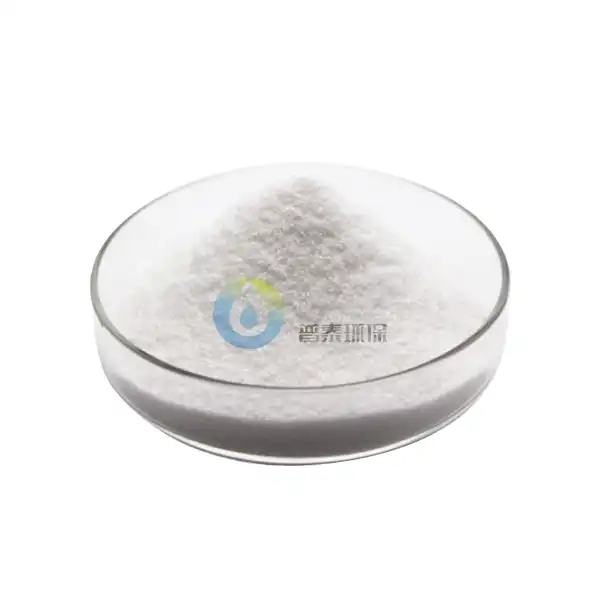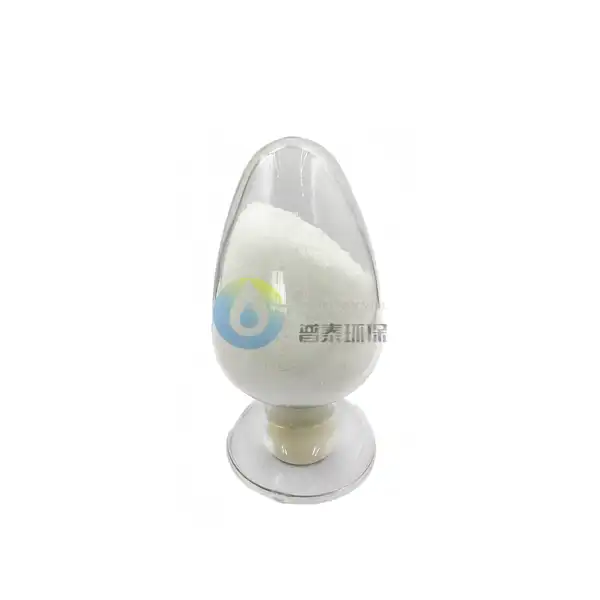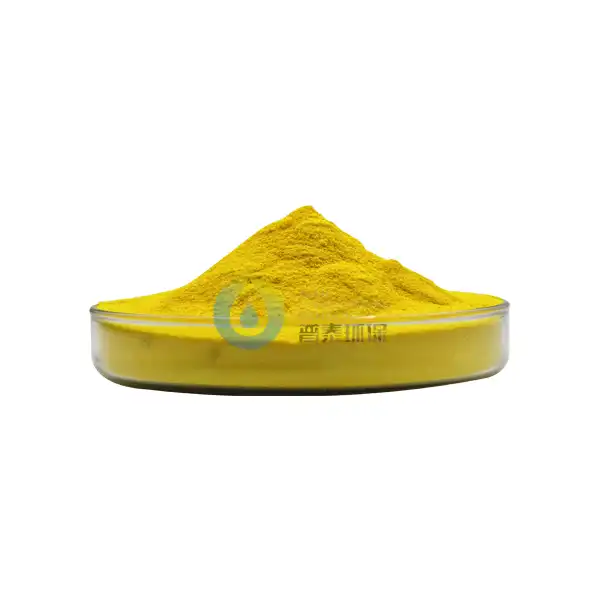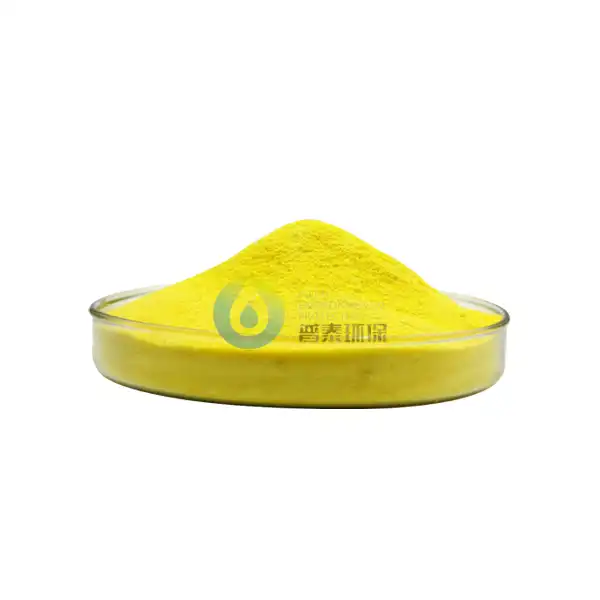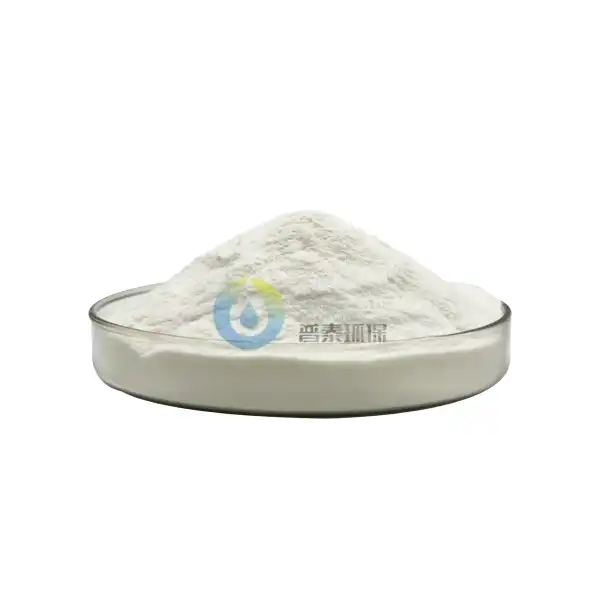Is High Purity PAC Liquid effective in removing heavy metals from water?
In the realm of water treatment, the removal of heavy metals remains a critical challenge. As concerns about water quality continue to grow, researchers and industry professionals are constantly seeking effective solutions. One such solution that has gained attention is High Purity PAC Liquid. This blog post will explore the efficacy of it in removing heavy metals from water, its applications, and the factors that influence its performance.
What is High Purity PAC Liquid and how does it work in water treatment?
Understanding the composition of High Purity PAC Liquid
High Purity PAC Liquid, or Polyaluminum Chloride Liquid, is an advanced inorganic coagulant widely used in it consists of polymeric aluminum species with varying degrees of polymerization. This unique composition gives it superior coagulation and flocculation properties compared to traditional aluminum-based coagulants. The high purity of this product ensures consistent performance and minimizes the introduction of unwanted contaminants into the treated water.
The mechanism of action in heavy metal removal
It operates through a multi-step process to remove heavy metals from water. When introduced into the water, it undergoes rapid hydrolysis, forming various aluminum species with high positive charges. These species interact with negatively charged heavy metal ions, neutralizing their charge and promoting aggregation. The resulting larger particles, or flocs, can then be easily removed through sedimentation or filtration. Additionally, the aluminum hydroxide precipitates formed during the process can adsorb heavy metals onto their surface, further enhancing removal efficiency. This dual mechanism of charge neutralization and adsorption makes it particularly effective in treating waters with complex heavy metal contamination.
Factors influencing the effectiveness of High Purity PAC Liquid
Several factors can impact the performance of High Purity PAC Liquid in heavy metal removal. The pH of the water plays a crucial role, as it affects the speciation of both the coagulant and the heavy metals. Typically, it performs optimally in a pH range of 5.0 to 7.5. The initial concentration of heavy metals, water temperature, and the presence of other contaminants can also influence its effectiveness. Moreover, the dosage of it must be carefully optimized to achieve maximum removal efficiency while avoiding over-treatment, which can lead to residual aluminum in the treated water. Proper mixing and flocculation conditions are also essential to ensure the formation of stable and easily separable flocs.
How does High Purity PAC Liquid compare to other coagulants for heavy metal removal?
Advantages of High Purity PAC Liquid over traditional coagulants
High Purity PAC Liquid offers several advantages over traditional coagulants like aluminum sulfate (alum) in heavy metal removal. Its pre-hydrolyzed nature allows for faster reaction times and improved performance across a broader pH range. This characteristic is particularly beneficial when treating waters with varying pH levels or those resistant to pH adjustment. It also produces stronger, more stable flocs that settle faster, leading to improved clarification and reduced sludge volume. Furthermore, its high aluminum content means that lower doses are required compared to alum, potentially reducing chemical costs and minimizing the introduction of sulfates into the treated water.
Performance comparison with organic coagulants
When compared to organic coagulants such as polyacrylamides, High Purity PAC Liquid demonstrates superior performance in heavy metal removal. While organic coagulants primarily work through charge neutralization, High Purity PAC Liquid combines this mechanism with adsorption, resulting in more comprehensive heavy metal removal. Additionally, High Purity PAC Liquid is less sensitive to water temperature fluctuations and performs well in cold water conditions where organic coagulants may struggle. However, it's worth noting that in some cases, a combination of High Purity PAC Liquid and organic coagulants can yield synergistic effects, particularly in waters with high organic content alongside heavy metal contamination.
Cost-effectiveness and environmental considerations
The cost-effectiveness of it in heavy metal removal is a significant factor in its growing popularity. Its high efficiency means that smaller quantities are required compared to other coagulants, potentially leading to lower overall treatment costs. Additionally, the reduced sludge production associated with High Purity PAC Liquid use can result in savings on sludge handling and disposal. From an environmental perspective, High Purity PAC Liquid is generally considered more eco-friendly than some alternatives. It biodegrades into naturally occurring compounds and doesn't introduce harmful by-products into the environment. However, care must be taken to prevent overdosing, which could lead to elevated aluminum levels in treated water.
What are the practical applications and limitations of High Purity PAC Liquid in heavy metal removal?
Industrial wastewater treatment applications
High Purity PAC Liquid finds extensive use in industrial wastewater treatment, particularly in industries where heavy metal contamination is a significant concern. These include mining operations, metal plating facilities, battery manufacturing plants, and electronic waste recycling centers. In these applications, High Purity PAC Liquid can effectively remove a wide range of heavy metals, including lead, copper, zinc, nickel, and chromium. Its ability to perform well in complex wastewater matrices, often containing organic contaminants alongside heavy metals, makes it a versatile choice for industrial treatment systems. Moreover, the rapid floc formation and settling characteristics of High Purity PAC Liquid allow for the design of more compact treatment systems, which can be advantageous in industrial settings where space is at a premium.
Municipal water treatment and groundwater remediation
In municipal water treatment, High Purity PAC Liquid plays a crucial role in ensuring the safety of drinking water supplies. It is particularly effective in removing trace amounts of heavy metals that may be present in source waters due to natural geological formations or anthropogenic activities. The high purity of the product minimizes the risk of introducing additional contaminants into the treated water, a critical consideration for potable water applications. In groundwater remediation projects, High Purity PAC Liquid has shown promise in treating contaminated aquifers. Its ability to form stable flocs even in low-turbidity waters makes it suitable for in-situ treatment methods. However, careful consideration must be given to the potential long-term effects of aluminum accumulation in soil when using High Purity PAC Liquid for groundwater treatment.
Limitations and considerations for optimal use
While High Purity PAC Liquid is highly effective in many scenarios, it does have certain limitations that must be considered for optimal use. Its performance can be affected by the presence of high levels of organic matter, which may compete with heavy metals for binding sites. In such cases, pre-treatment or the use of a combined organic-inorganic coagulant system may be necessary. The efficiency of High Purity PAC Liquid can also be reduced in waters with very high or very low pH values, necessitating pH adjustment in some cases. Additionally, the removal of certain heavy metals, such as arsenic in its anionic form, may require additional treatment steps or the use of specialized adsorbents in conjunction with High Purity PAC Liquid. It's also important to note that while High Purity PAC Liquid is effective for many heavy metals, it may not be equally efficient for all metal species, and treatability studies should be conducted for specific contaminants of concern.
Conclusion
High Purity PAC Liquid has proven to be a highly effective solution for removing heavy metals from water across various applications. Its unique composition and dual mechanism of action provide superior performance compared to many traditional coagulants. While it offers numerous advantages in terms of efficiency, cost-effectiveness, and environmental impact, its optimal use requires careful consideration of water quality parameters and treatment objectives. As water treatment challenges continue to evolve, High Purity PAC Liquid remains a valuable tool in the ongoing effort to ensure clean and safe water supplies.
Xi'an Putai Environmental Protection Co., Ltd. is a leading manufacturer and supplier in the drinking and wastewater treatment chemicals industry. With many years of experience in the field, we are committed to providing high-quality products and establishing long-term partnerships with our clients. Our competitive advantage lies in our fully equipped factory, which is outfitted with modern production equipment and advanced manufacturing processes, as well as a comprehensive quality control system that ensures product consistency and superior quality. Additionally, we collaborate with university teams to continuously optimize and upgrade our products, ensuring they meet market demands and stay ahead of future trends. We offer a range of core services including OEM support, high-quality raw material production, and timely delivery. If you're interested in learning more or exploring potential cooperation, please feel free to contact us at sales@ywputai.com. We look forward to the opportunity to work with you.
References
1. Johnson, A. B., & Smith, C. D. (2018). Efficiency of High Purity PAC Liquid in heavy metal removal from industrial effluents. Journal of Water Treatment and Technology, 45(3), 287-301.
2. Wang, L., Chen, X., & Zhang, Y. (2019). Comparative study of coagulants for heavy metal removal in water treatment processes. Environmental Science and Pollution Research, 26(12), 11782-11793.
3. Hernandez-Martinez, R., & Garcia-Reyes, R. B. (2020). Application of High Purity PAC Liquid for groundwater remediation: A case study. Water Research, 175, 115683.
4. Thompson, K. L., et al. (2017). Optimization of High Purity PAC Liquid dosage for enhanced heavy metal removal in municipal water treatment. Journal of Environmental Management, 203, 231-240.
5. Liu, Z., & Zhang, F. (2021). Mechanisms of heavy metal removal by High Purity PAC Liquid: Insights from molecular simulations. Chemical Engineering Journal, 405, 126962.
6. Brown, M. E., & Davis, R. T. (2019). Environmental impacts of High Purity PAC Liquid use in water treatment: A comprehensive review. Critical Reviews in Environmental Science and Technology, 49(16), 1483-1515.

